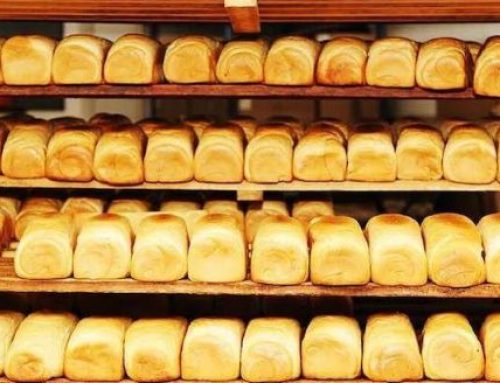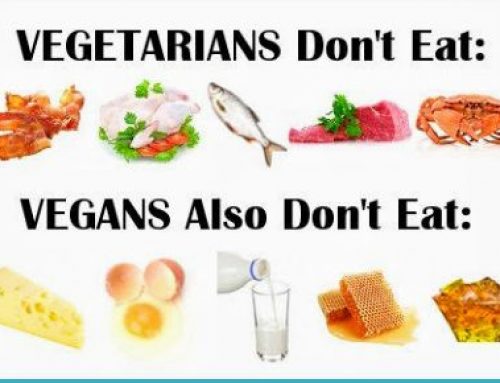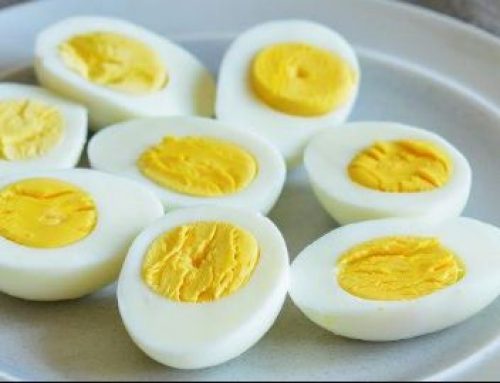While they are used for many of the same purposes, butter and margarine are two very different products. But do you really know the difference between butter and margarine?
Butter is a dairy product made from churning milk or cream. The churning process separates the butterfat (the solids) from the buttermilk (the liquid). The butter we most often buy is made from cow’s milk, although other varieties — made from the milk of sheep, goat, yak, or buffalo — are also available. While typically pale yellow in color, butter can range from white to deep yellow, depending on the animal’s diet.
Margarine is a non- dairy product created as a substitute for butter. While originally made from animal fat in the 1800s, today the primary ingredients include vegetable oil, water, salt, emulsifiers, and some also include milk. Margarine can be found in both sticks and tubs.
Below are major differences between butter and margarine:
Taste
Butter usually has a flavoured, slightly salty taste and should be your go-to produce for baking certain pastries like cookies.
Margarine, on the other hand, has a neutral taste so it is the perfect substitute for when the taste of butter is not needed in a particular dish.
Types
Butter comes in many shapes and forms such as ghee, salted butter, clotted cream, and traditional butter.
Margarine does not have as many variations. It is limited to soft spreads made from vegetable oils and hard varieties intended for baking.
Nutrition
Because butter is gotten from the milk of grass-fed cows, it contains saturated fats and cholesterol. One serving of butter accounts for more than one-third of your recommended intake of saturated fat per day. Butter also contains around 100 calories per tablespoon. It does have certain vitamins, such as vitamin K2, that is lacking in margarine, as well as vitamins A and E.
Margarine is made from vegetable oils such as safflower, sunflower, canola, soybeans and more. It contains monounsaturated and polyunsaturated fats, in addition to lower levels of saturated fat.
However, there is a similar level of calories as in butter, approximately 100 calories per tablespoon.
Health benefits
Butter often contains powerful fatty acids, such as butyrate, as well as conjugated linoleic acid, both of which can benefit heart health when consumed in moderation.
However, the high level of saturated fat and cholesterol mean only a small amount of butter should be included in your diet.
Margarine has lower levels of saturated fat, and the mono and polyunsaturated fats can help lower overall cholesterol and reduce inflammation.
It’s safe to say margarine is the healthier option.







Leave A Comment